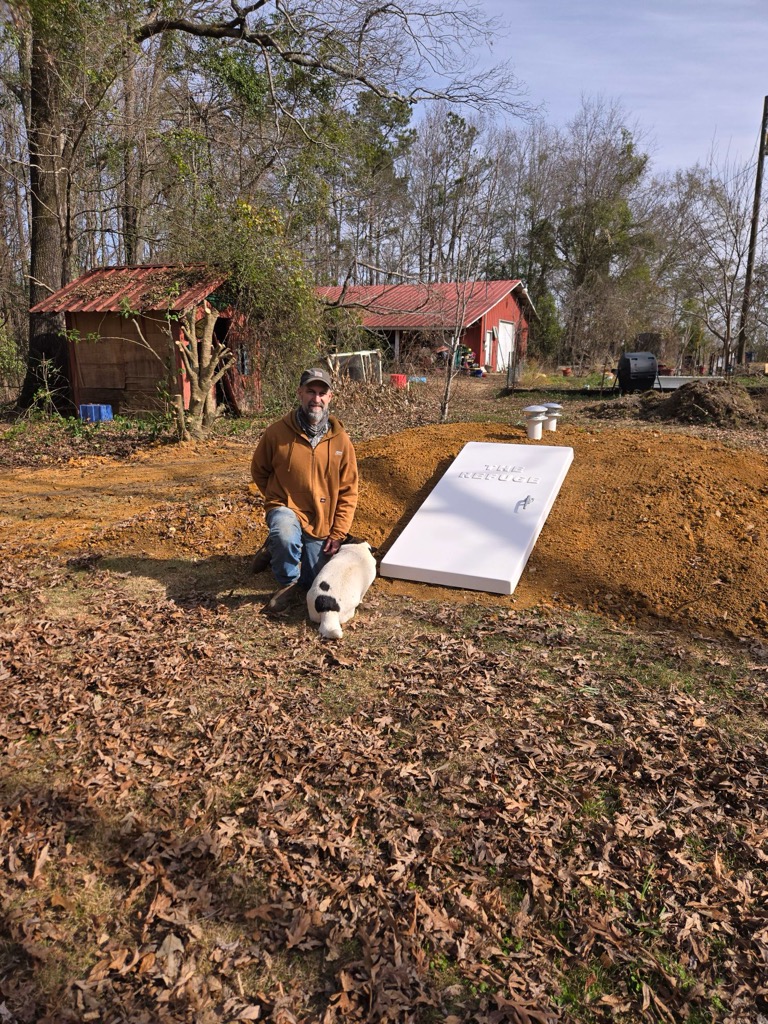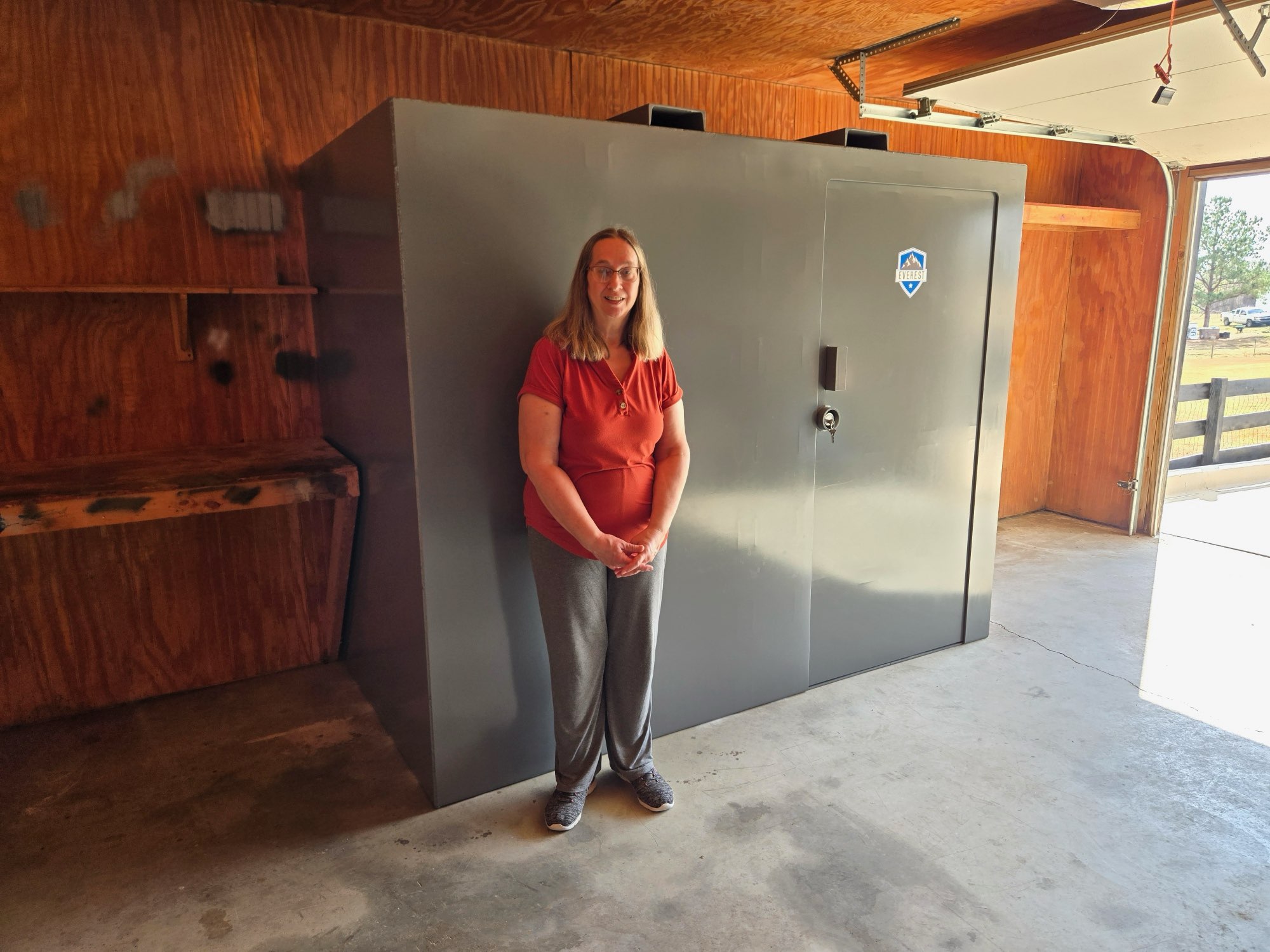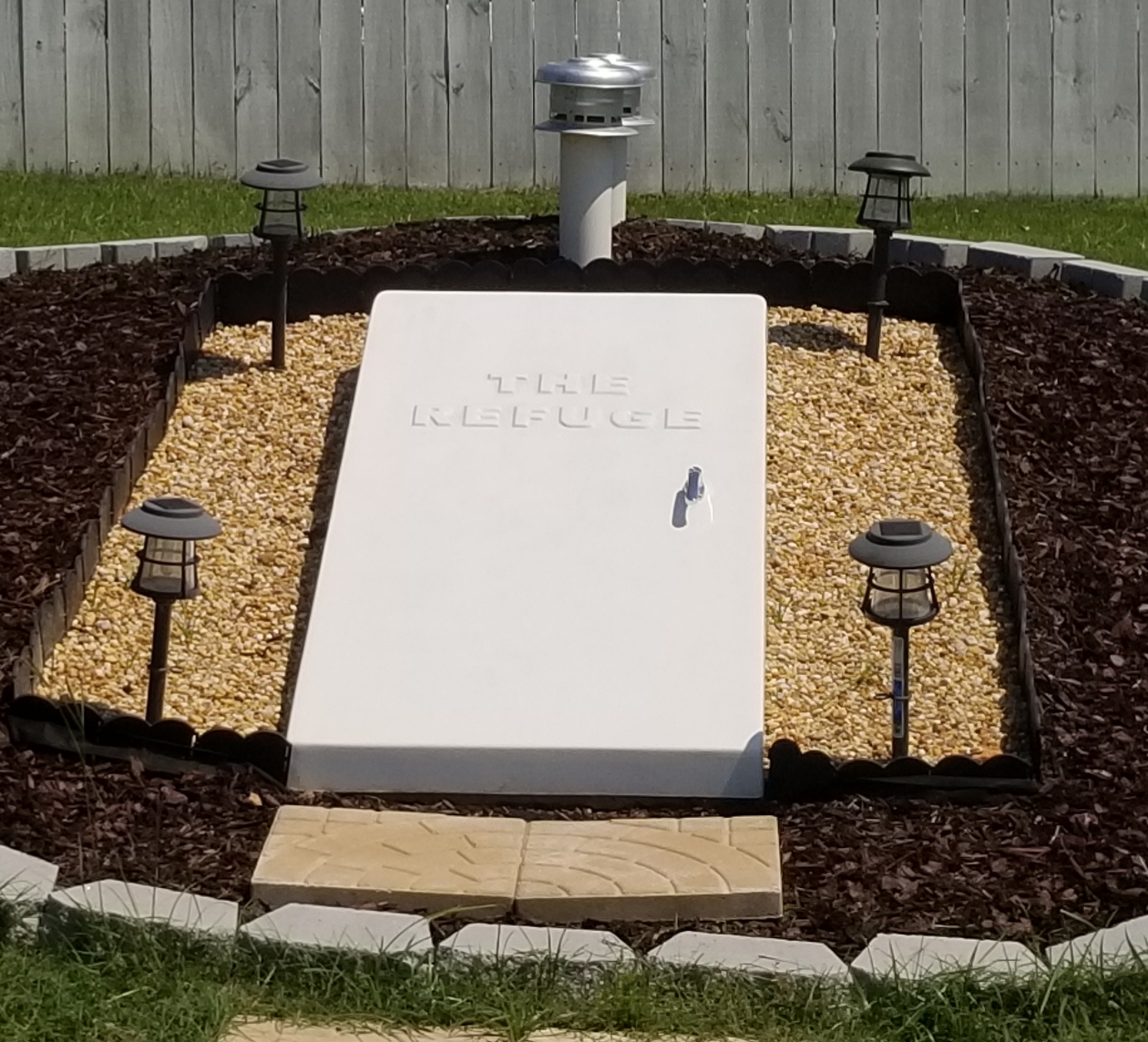Alabama's Tornado Season: What You Need to Know

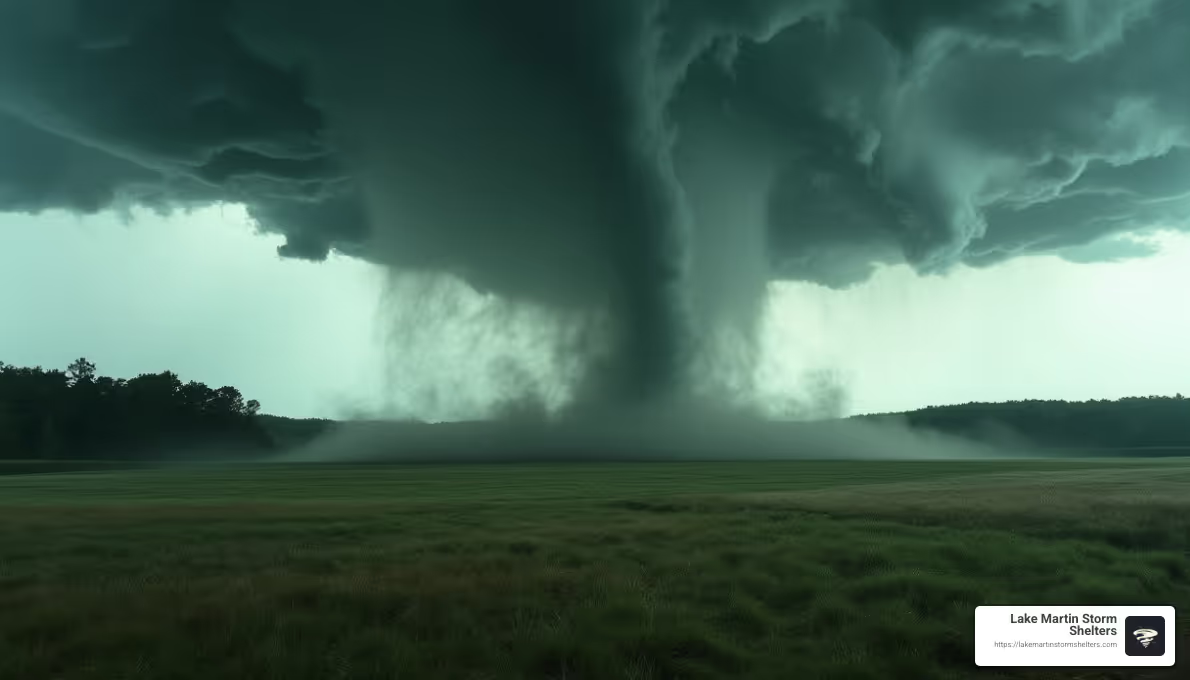
Tornado season Alabama can be unpredictable, posing significant risks to residents across the state. Alabama, a part of Dixie Alley, is vulnerable to tornadoes nearly all year long. These severe storms occur most frequently in the spring and late fall months: March, April, and November see the highest activity.
Alabama’s position in Dixie Alley marks it as a high-risk area for tornadoes, disparate from the traditional Tornado Alley of the Central Plains. This means residents must remain vigilant and prepared, as these natural events can happen swiftly and with little warning.
I’m Merry, and I’ve been involved with Alabama’s tornado seasons both personally and professionally. My journey began after a close call with a tornado, prompting me to ensure my family’s safety was never compromised again. With years of experience working with Lake Martin Storm Shelters, I’m passionate about providing crucial information and solutions to protect your family during the volatile tornado season Alabama experiences.
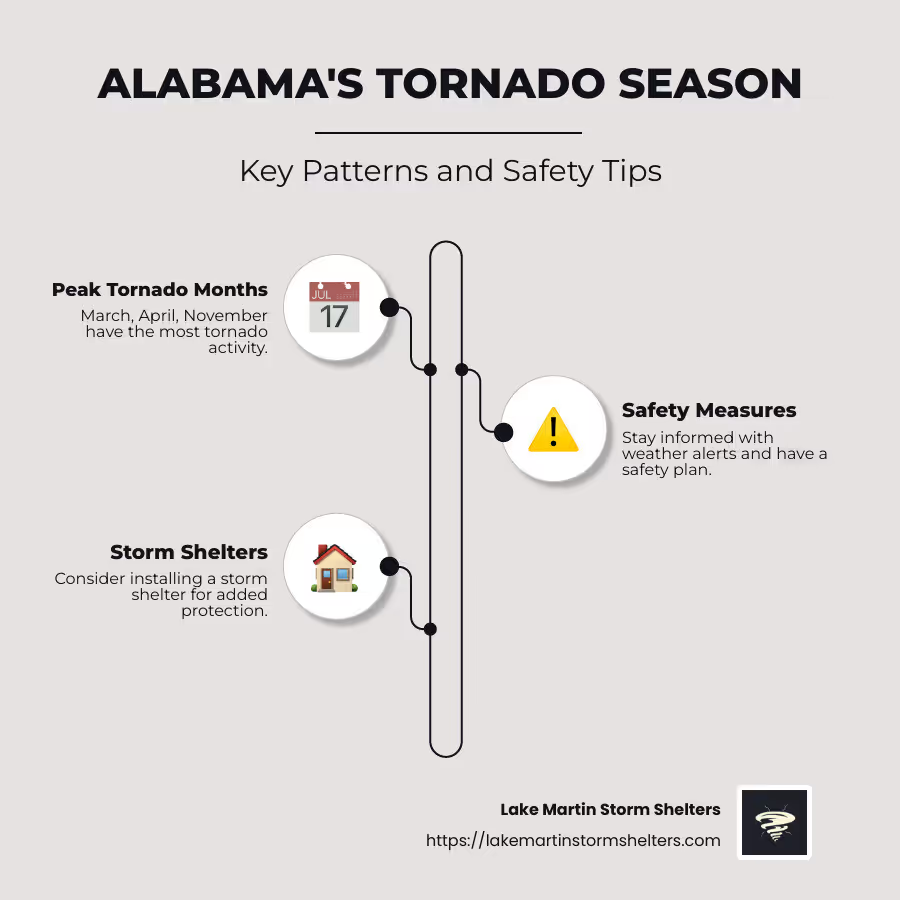
Basic Tornado season Alabama terms:
– Alabama tornado emergency
– Alabama tornado history
Understanding Alabama’s Tornado Season
Alabama’s tornado season is unique due to its position in the heart of Dixie Alley, a region known for frequent and intense tornado activity. Unlike Tornado Alley in the Central Plains, Alabama experiences tornadoes nearly year-round. However, the most active periods are during the spring and late fall.
Springtime is a peak season, with March and April being particularly active months. This is when warm, moist air from the Gulf of Mexico meets cooler, dry air from the north, creating the perfect conditions for tornadoes to form. The infamous Tuscaloosa tornado on April 27, 2011, is a stark reminder of the devastation these storms can cause.
Late fall sees a resurgence in tornado activity, particularly in November and early December. This secondary peak is often triggered by dynamic weather systems that can produce severe storms. For instance, on November 29-30, 2016, a robust system resulted in 11 tornadoes across Central Alabama.

Alabama’s tornado seasons are a testament to the state’s volatile weather patterns. The state’s residents must remain alert and prepared throughout the year, especially during these peak months. Understanding these patterns helps in planning and implementing safety measures to protect lives and property.
Historical Tornado Events in Alabama
Alabama’s history is marked by several significant tornado events that highlight the state’s vulnerability to these natural disasters. Among these, the Tuscaloosa tornado on April 27, 2011, stands out as one of the deadliest and most destructive in recent memory.
Tuscaloosa 2011: A Day of Destruction
On April 27, 2011, a powerful EF-4 tornado ripped through Tuscaloosa, leaving a trail of devastation. This tornado was part of a larger outbreak that affected much of the southeastern United States. In Alabama alone, 243 people lost their lives, making it the deadliest tornado outbreak in the state’s history. The Tuscaloosa tornado caused widespread damage, destroying homes, businesses, and infrastructure. The impact was felt not only in terms of physical destruction but also in the emotional toll it took on the community.

December 16, 2000: The F4 Tornado
Another notable event occurred on December 16, 2000, when an F4 tornado struck near Tuscaloosa. This tornado was part of an outbreak that produced 12 tornadoes across Alabama. The storm tragically killed 11 people and injured more than 75. The path of destruction included residential areas and left many families homeless just before the holidays. This tornado serves as a reminder that severe weather can strike at any time, even outside the traditional tornado season.
These historical events underscore the importance of preparedness and awareness during Alabama’s tornado season. They also highlight the need for robust storm shelters to protect residents from the unpredictable and often deadly nature of tornadoes. As we reflect on these past events, it’s crucial to learn and implement safety measures to mitigate future risks.
Transitioning to the next section, understanding the patterns and key months of Alabama’s tornado season can help residents better prepare for these severe weather events.
Tornado Safety Tips
Tornadoes can strike with little warning, so it’s important to know how to stay safe. Here are some key tornado safety tips to help protect you and your loved ones:
Recognizing Warning Signs
Tornadoes often give some signs before they hit. Look for:
- Rotating, funnel-shaped clouds that dip from the sky.
- Low-lying clouds of debris swirling near the ground.
- Large hail or heavy rain followed by a sudden calm.
- A dark or green-colored sky.
- A loud roar, similar to a freight train.
If you notice any of these signs, take action immediately.
Safety Measures to Take
- Find Shelter Quickly: The safest place during a tornado is an underground storm shelter. If you don’t have one, go to a basement or a small, windowless room on the lowest floor, like a bathroom or closet.
- Protect Yourself: Use a heavy table or workbench for protection. Cover yourself with a mattress, heavy blankets, or even a sleeping bag. This can shield you from flying debris.
- Have an Emergency Kit: Keep a kit with essentials like water, non-perishable food, a flashlight, batteries, a first aid kit, and a whistle. This will help you stay prepared during and after the storm.
- Stay Informed: Sign up for severe weather alerts through the National Weather Service. Many cities in Alabama, such as Tuscaloosa and Birmingham, have outdoor warning sirens. However, don’t rely solely on sirens—use multiple sources to get updates.
The Importance of Storm Shelters
Storm shelters are crucial for safety during tornado season in Alabama. FEMA-compliant shelters provide the best protection. They are designed to withstand the intense winds and flying debris associated with tornadoes. Alabama even offers a $3,000 state tax rebate for purchasing a storm shelter for your home, making it more accessible for families to stay safe.
By understanding these warning signs and safety measures, you can better protect yourself and your family. With the right preparation, you can reduce the risks associated with these unpredictable storms.
Next, we will explore the key months and patterns of tornado season in Alabama, helping residents anticipate and prepare for these severe weather events.
Tornado Season Alabama: Key Months and Patterns
In Alabama, tornadoes are a frequent and formidable force. Understanding when they are most likely to occur can help residents prepare and stay safe.
Peak Season: March to May
The primary tornado season in Alabama runs from March through May. This period sees the highest number of tornadoes each year. During these months, the combination of warm, moist air from the Gulf of Mexico and cooler, dry air from the north creates the perfect conditions for tornado formation. April is historically the most active month, with over 550 tornadoes recorded since 1950.
Secondary Season: November to December
Alabama also experiences a secondary tornado season in November and December. While not as intense as the spring season, these months still see a significant uptick in tornado activity. November ranks as the third most active month for tornadoes in the state, trailing only April and March. The late fall season can bring dangerous weather systems that produce tornadoes, often catching residents off guard.
Tornado Patterns and Behavior
Tornadoes in Alabama can strike at any time, but they are most likely to occur between 3 p.m. and 9 p.m. They generally move from southwest to northeast, but can change direction unexpectedly. The average tornado in Alabama lasts less than 10 minutes, but some can persist longer, causing widespread damage.
By recognizing these patterns and understanding the key months of tornado season in Alabama, residents can better anticipate severe weather and take necessary precautions. Knowing when tornadoes are most likely to occur allows for better planning and preparedness, reducing the risks associated with these powerful storms.
Next, we’ll address some of the most frequently asked questions about tornadoes in Alabama, including where they are most common and how often they occur.
Frequently Asked Questions about Tornadoes in Alabama
Where in Alabama gets the most tornadoes?
Mobile County stands out as the area in Alabama that experiences the most tornadoes. From 1950 to 2022, Mobile County, home to the city of Mobile, recorded a total of 110 tornadoes. This makes it the most tornado-prone region in the state.
Is Alabama part of Tornado Alley?
While Alabama is not part of the traditional Tornado Alley, it lies within Dixie Alley. This region, often referred to as the South’s version of Tornado Alley, includes Alabama and sees a high number of tornadoes each year. The tornado risk in Dixie Alley is significant due to its unique weather patterns, which can lead to severe storms throughout the year.
How many tornadoes occur in Alabama annually?
On average, Alabama experiences a substantial number of tornadoes each year. Over the past few decades, the state has seen an increase in confirmed tornadoes, with recent years averaging about 40 to 50 tornadoes annually. This rise is attributed to better detection technology and increased awareness among residents.
Understanding these statistics and patterns can help Alabama residents stay informed and prepared during tornado season.
Conclusion
In Alabama, tornadoes are a reality that residents must be prepared for throughout the year. At Lake Martin Storm Shelters, we understand the importance of safety and are committed to providing reliable protection for families and businesses. With over 14 years of experience, our family-operated business offers a range of storm shelter options, all designed to withstand the most severe EF-5 tornadoes.
Our shelters come in various forms, including underground and above-ground options, ensuring that you can find the perfect fit for your property and peace of mind. We are proud to be one of only two companies in the USA with ICC-ES and ICC-500 compliance, meeting FEMA standards. This compliance guarantees that our shelters are built to the highest safety standards, offering you the best protection during a tornado.
Furthermore, Alabama residents can benefit from a $3,000 state tax rebate when purchasing one of our storm shelters. This rebate, combined with our expertise and dedication to safety, makes investing in a storm shelter a smart and accessible choice for many families.
To learn more about our storm shelters and how we can help you stay safe during tornado season in Alabama, visit our concrete storm shelters page for more information. Your safety is our priority, and we’re here to help you prepare for whatever nature throws your way.

